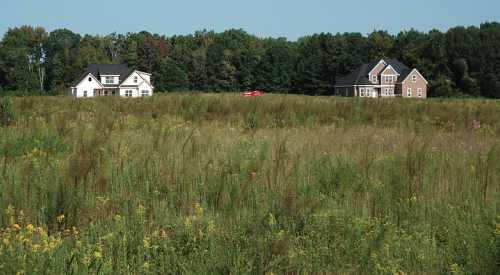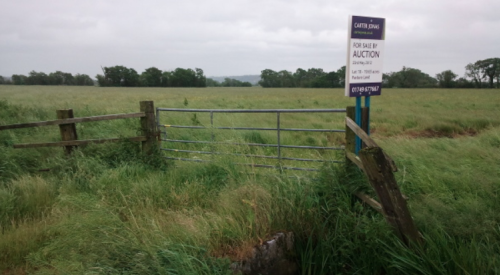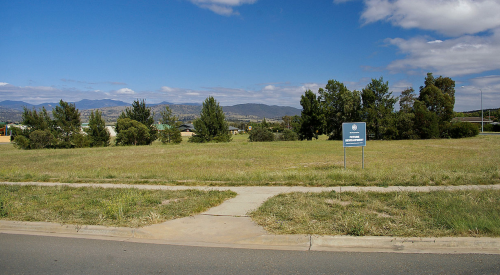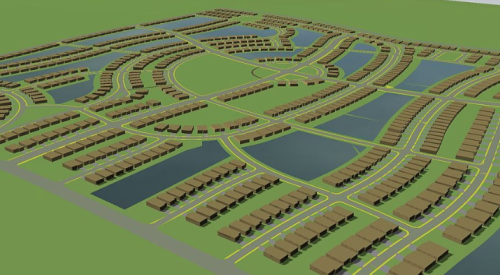Above all else, determine two factors during the feasibility or "free look" period of a land purchase agreement, says Mike Timmerman, CEO of Naples, Fla.-based Feasinomics Inc.
The first is an average price point for various product types in the local area.
The second is the absorption level of each product type in units per month.
For those who must bypass the services offered by feasibility professionals, Timmerman says the next-best thing is to do your own truncated report by following these five steps:
- Define the geographic market area surrounding the parcel in question. This can be a ZIP code, school district or region served by a specific job center.
- Get sales price data on homes sold during the previous year within your market area. Use the Multiple Listing Service. As a good rule of thumb, Timmerman says, find a product that fits a price range in which 70% of the homes sold.
- Gauge the current supply of product using the MLS. Is there a shortage of product on the market that matches the product and price range you’ve identified? If so, you are in the right ballpark.
- Get down to specifics on the buyer profile in your targeted price point. Through brokers and others in tune with local buyers, determine ages, life stage and other details associated with dominant groups. From there, it’s important to shop models looking for features and benefits your buyer expects.
- Go or no-go decision. Calculate the cost and time required to build and sell the target product.












